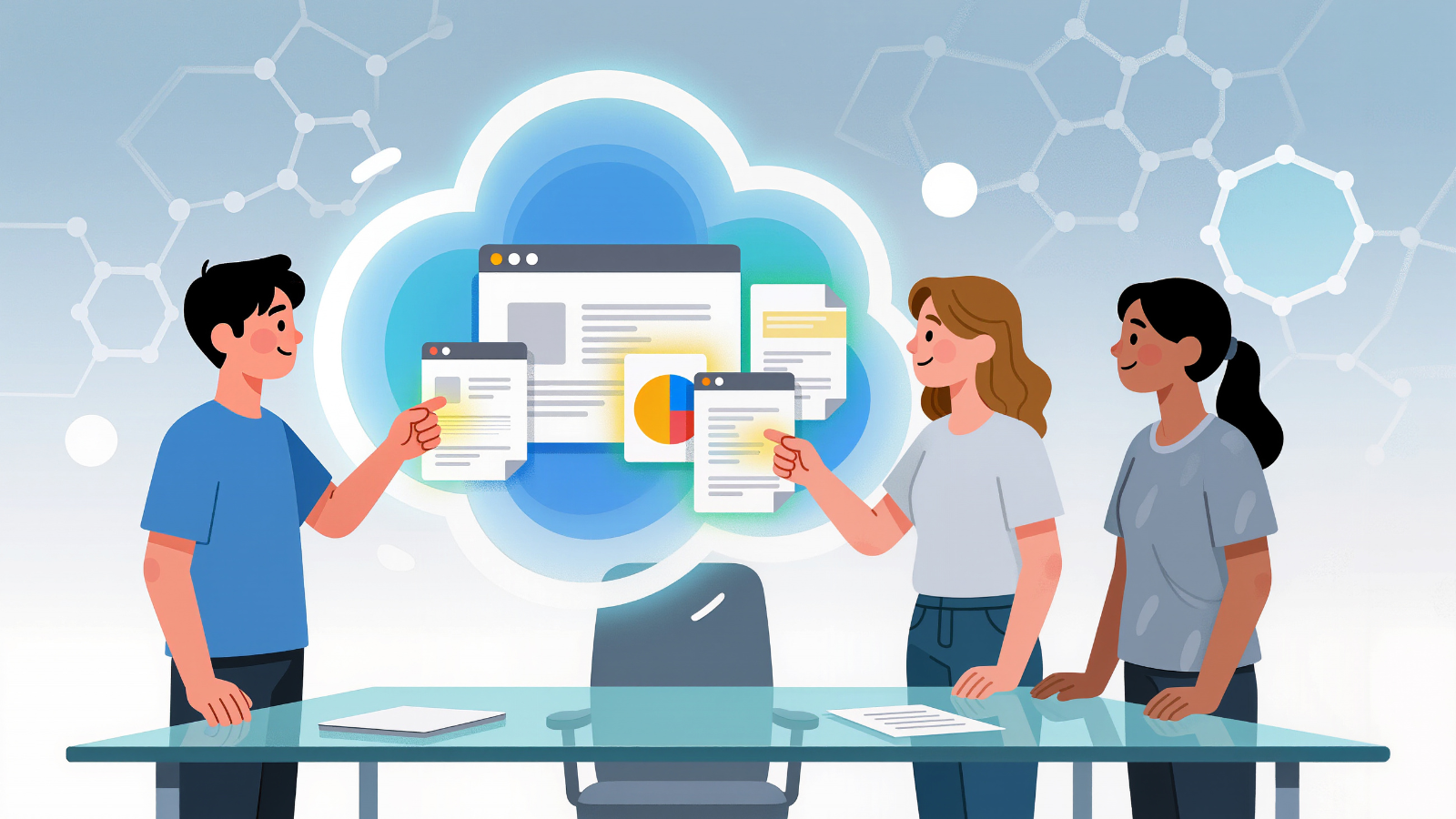General opinions about AI are split. Even among the most knowledgeable, 31% think AI does more harm than good. Just 22% see its benefits outweighing its risks. People are wary about AI's potential risks, from spreading false information to stealing jobs.
This goes for the insurance industry, as well. Even though 57% of insurance organizations have identified AI as the most important technology over the next three years, there's still plenty of hesitance when it comes to the more complex and high-stakes areas of the business, such as policy review and interpretation.
These concerns are often rooted in a misunderstanding of how AI operates in the context of the insurance workflow; for complex cases, humans should lead the way with support from AI. It's up to leaders to make this part of the picture clear within their organizations. Here are three ways to do that.
Tout AI as a Copilot
One of the biggest myths about AI in insurance is that the technology is meant to replace people. Much of AI, after all, is marketed on its ability to increase productivity and efficiency, which are often codewords for reducing headcount.
But the goal of AI in policy review and interpretation is not to replace your highly experienced and knowledgeable experts. AI is instead a copilot that adds a second set of eyes to the process.
A good AI copilot, for example, might allow your people to upload a policy, ask a question, and instantly get a precise, citation-backed answer. The user could then click straight to the source text to check the AI's work.
Your experts are still in control and still responsible for the finished product. AI is there simply as another tool to accelerate their work. Now they can spend their time thinking strategically instead of combing through endless text.
In its copilot capacity, AI might also inspire your policy experts to look into issues they might not have considered otherwise. Those new ideas will require additional human research and refinement, of course. But just planting that seed is AI demonstrating its value to amplify and accelerate their work.
These examples are not cases of AI stealing jobs. Human reasoning and verification and interpretation remain integral to the process. This is simply technology helping to make complex tasks a little more manageable.
Manage Expectations Around AI
Policy review and interpretation work requires stringent accuracy, which is another area where doubters question the viability of AI. Analyzing, synthesizing, and reasoning upon the information in a 300-page policy is complex work. And AI isn't perfect at it right now. But the nuanced nature of policy review isn't an argument against using AI. It's simply another endorsement for treating AI as an aide rather than a full-time standalone solution.
Think of it this way: The right AI for this context is not one that makes complex decisions. It's one that can analyze and summarize hundreds of pages of documents, identify the relevant portions, and surface them for a human to review, then make a decision.
In this case, AI is helping to make the initial work go much faster. Even with a few oversights that may need citations and corrections by humans in a follow-up review, that added upfront speed is well worth the investment.
AI will get closer to 100% accuracy as the technology continues to develop and advance in the coming years. But even short of that goal in its current form, it can greatly benefit insurance carriers in their policy review work.
To Drive AI Adoption, Start by Raising Awareness
Defining AI's role and acknowledging its limitations are two great ways to help build trust around the technology. But leaders also need to foster an environment of experimentation and innovation in their broader effort.
For example, seeing is believing for many AI skeptics. So show them what it can do. When employees are encouraged to sample AI, they're more likely to grasp its time-saving possibilities and its ability to generate fresh ideas. Now they can picture how AI will affect their workflow, making them more likely to embrace it – and less likely to worry about losing their jobs.
Getting more comfortable with AI will also likely open their eyes to how the technology can help them better serve customers. From policy to claims, AI can provide fresh insights and new ways of leveraging data. That helps the entire organization work at a higher level, which is something everyone can get behind.
Make the Case: Modernization and Trust Aren't Mutually Exclusive
AI is like any other new technology. Some people will be inclined to focus largely on its exciting possibilities. Others will mostly see its faults and threats. Satisfying both groups means highlighting AI's potential to work alongside humans to unlock greater creativity and productivity.
For insurance providers, highlighting that message means focusing clearly on the role that AI can and should play. It's not a doomsday solution that aims to replace the human expertise so vital to policy review and interpretation. Rather, it is a tool that can speed up and enrich that important work.
Because in the end, people are and always will be the key to success.






